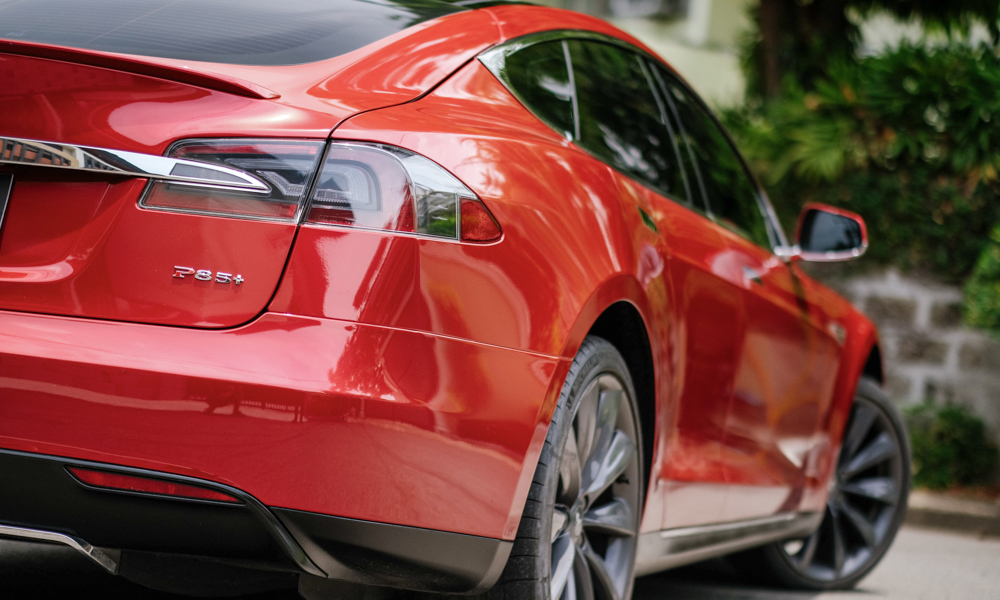
Most people might think that getting an electric vehicle registered in the Philippines is quite confusing, but in reality, it’s actually pretty straightforward. Thanks to Administrative Order 2021-39, we finally know the Land Transportation Office’s different classifications of EVs.
There are three main categories: Category L, Category M and Category N.
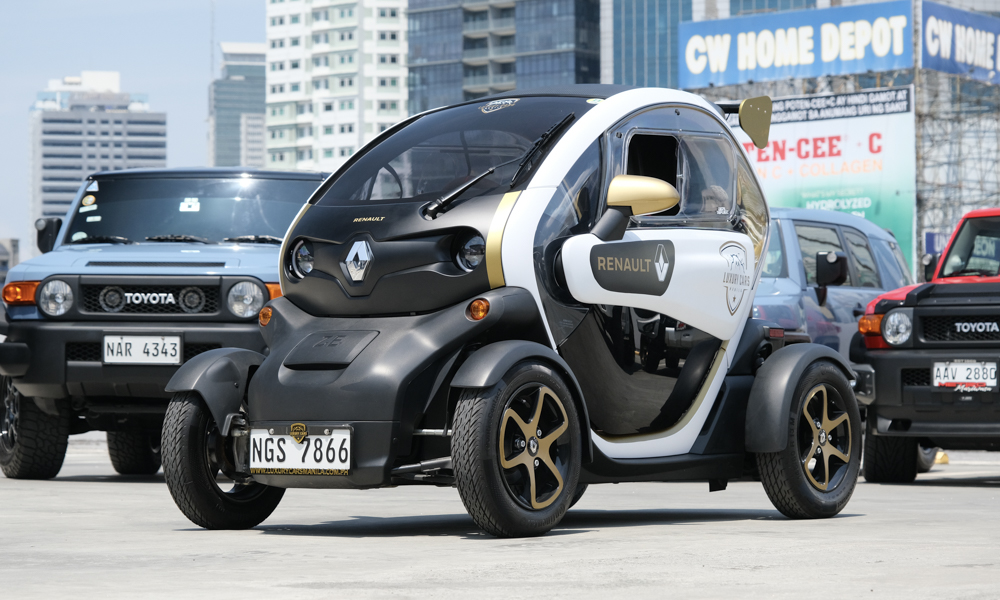
CATEGORY L
This is made up of vehicles with less than four wheels, and four-wheelers with some restrictions on top speed, mass and maximum rated power. A wide range of EVs from electric kick scooters to the Nakto Ranger and the Renault Twizy fall under this category.
Category L1a
- Two wheels
- With or without pedals
- Maximum speed of 25km/h
- Restricted to bike lanes, private and barangay roads
- Operators must wear at least a bicycle helmet
Category L2a
- Three wheels
- With or without pedals
- Maximum speed of 25km/h
- Restricted to private and barangay roads
- Operators must wear at least a bicycle helmet
Category L1b
- Two wheels
- With or without pedals
- Maximum speed of 26-50km/h
- Restricted to outer edge of local roads
- Operators must wear at least a bicycle helmet
Category L2b
- Three wheels
- With or without pedals
- Maximum speed of 26-50km/h
- Restricted to outer edge of local roads
- Operators must be licensed and must wear at least a bicycle helmet
Category L3
- Electric motorcycles and scooters
- Allowed on all roads except highways and expressways
- Operators must be licensed (motorcycle restriction) and must wear motorcycle helmets
- Vehicles must be registered
- May be used as public transport
- Government considering exceptions for high-performance electric motorcycles
Category L4
- Three wheels
- “Tricycle” configuration
- Minimum output of 1kW (1.34hp)
- Maximum curb weight of 600kg
- Allowed on all roads except highways and expressways
- Operators must be licensed
- May be used as public transport
Category L5
- Three wheels
- “Tuk-tuk” configuration
- Minimum output of 1kW (1.34hp)
- Maximum curb weight of 600kg
- Allowed on all roads except highways and expressways
- Operators must be licensed
- May be used as public transport
Category L6
- Light quadricycle
- Maximum output of 4kW (5.36hp)
- Maximum speed of 45km/h
- Maximum unladen weight of 350kg
- Can cross national roads
- Operators must be licensed
- May be used as public transport
Category L7
- Heavy quadricycle
- Maximum output of 15kW (20.11hp)
- Maximum speed above 45km/h
- Maximum unladen weight of 550kg
- Can cross national roads
- Operators must be licensed
- May be used as public transport
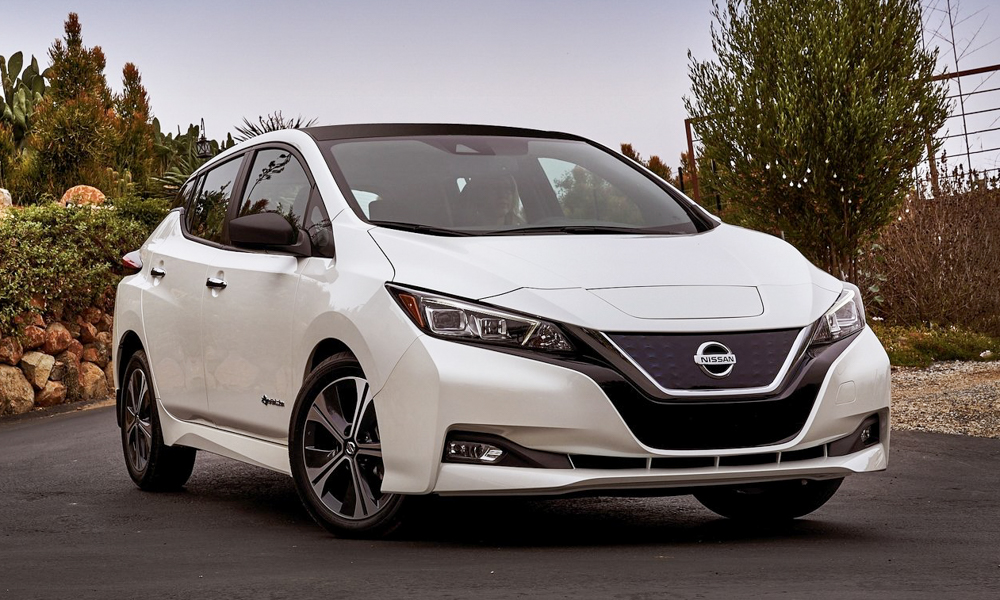
CATEGORY M
This category covers four-wheel electric vehicles like e-jeepneys and the Tesla Model S. They can carry heavier loads compared to quadricycles.
Category M1
- Maximum of eight seats
- Maximum gross weight of 3,500-5,000kg
Category M2
- More than eight seats
- Maximum gross weight of 3,500-5,000kg
Category M3
- More than eight seats
- Maximum gross weight above 5,000kg
CATEGORY N
This category is for heavy-duty EVs with four wheels.
Category N1
- Maximum gross weight of 3,500kg
- Limited to cargo transportation
Category N2
- Maximum gross weight of 3,500-12,000kg
- Limited to cargo transportation
Category N3
- Maximum gross weight above 12,000kg
- Can carry up to eight passengers in addition to cargo
Manufacturers and importers must secure classification and initial registration for the models they are bringing in. According to Section 5 of Republic Act 8794, vehicles must undergo classification not later than three months prior to introduction to the market.
These are the requirements for the classification:
- Letter request for classification
- Vehicle specifications
- Photos of the vehicle
- Motor Vehicle Inspection Report from LTO
These are the requirements for initial registration:
- Original sales invoice
- Certificate of Stock Reported
- Original PNP-HPG clearance
- Appropriate insurance Certificate of Cover
These guidelines should help both manufacturers and consumers with the sale and usage of electric vehicles. We hope we made it easier for you to understand.

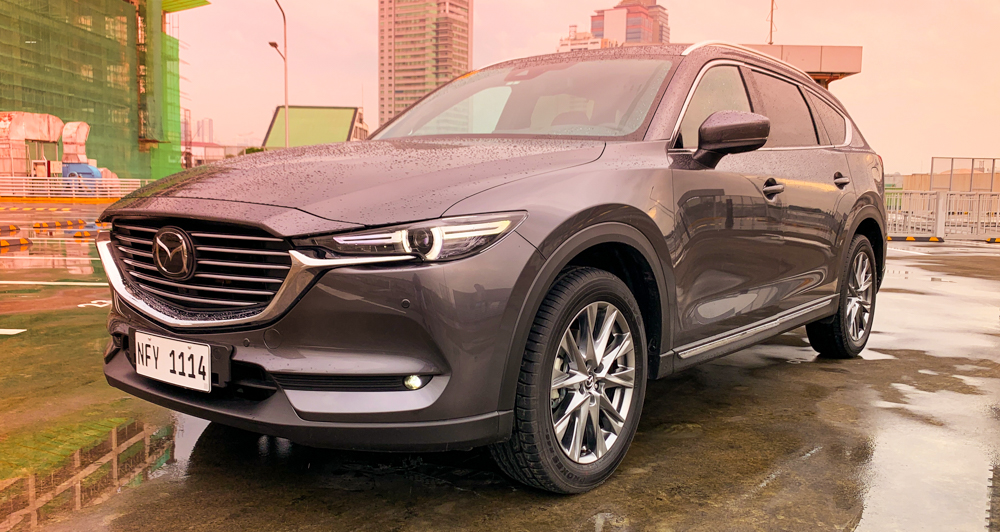
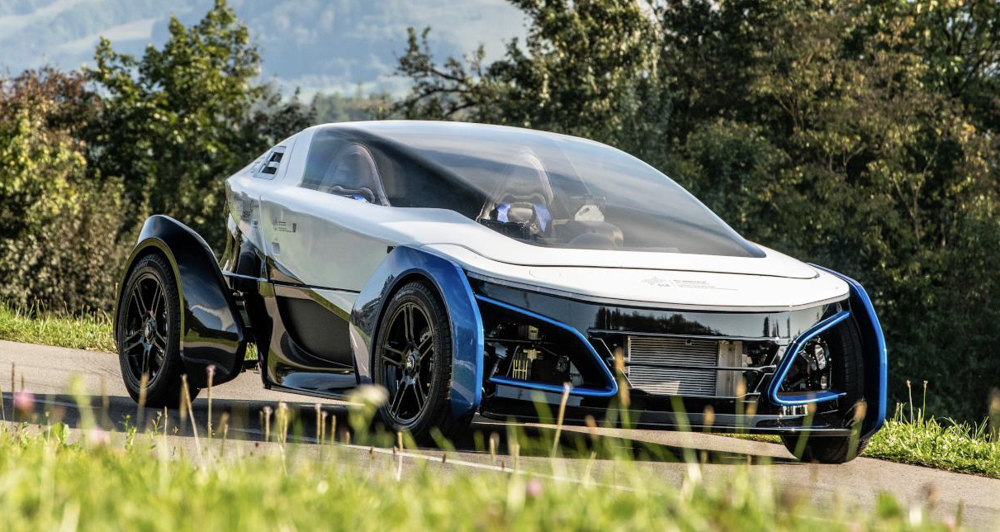
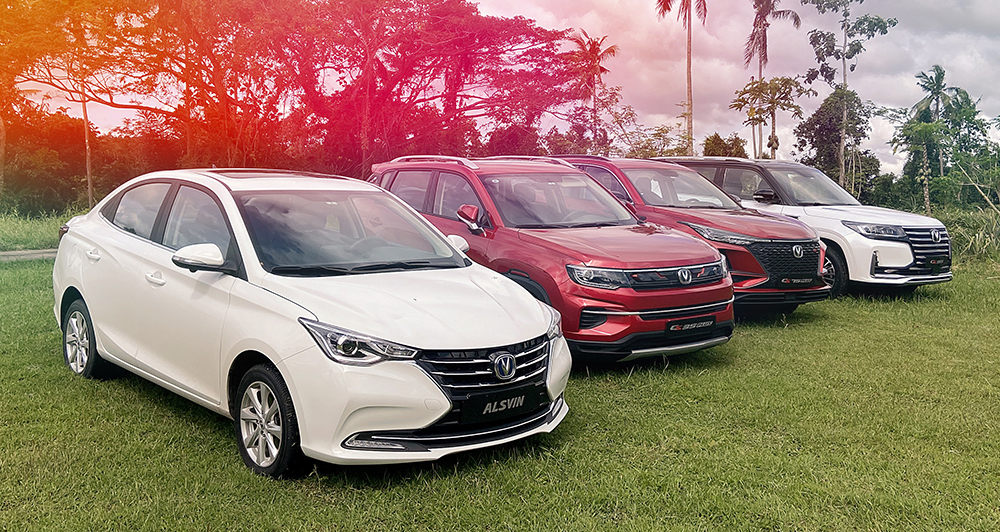

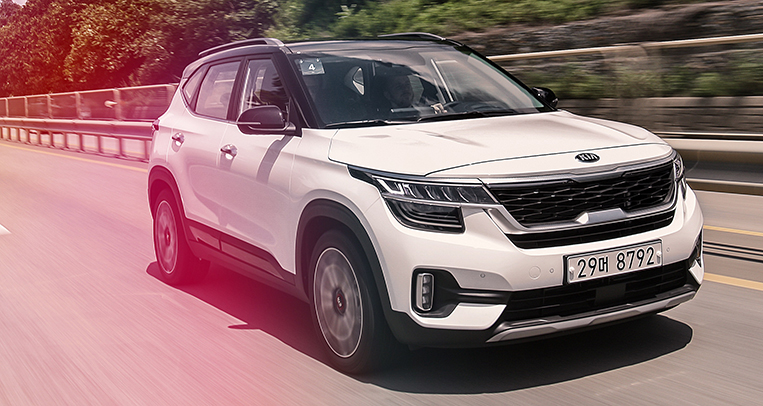




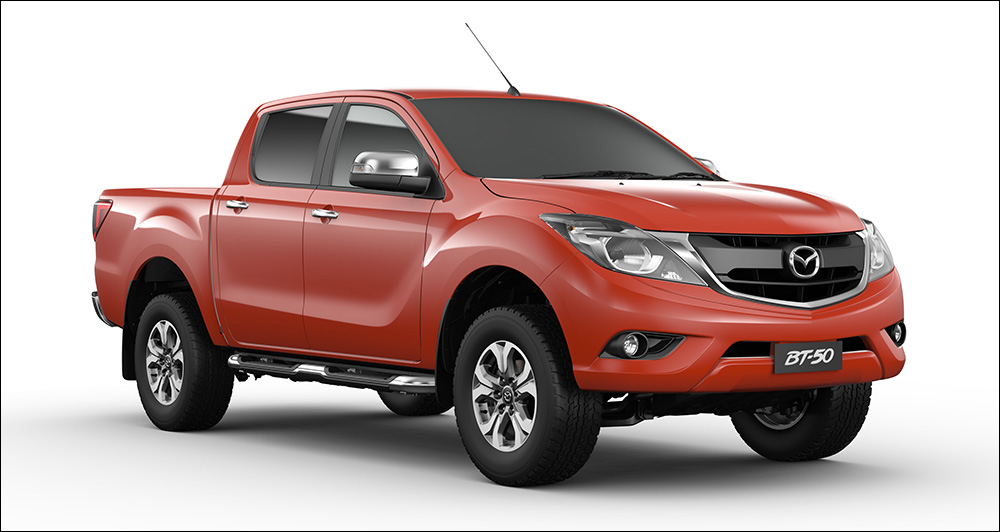
Comments